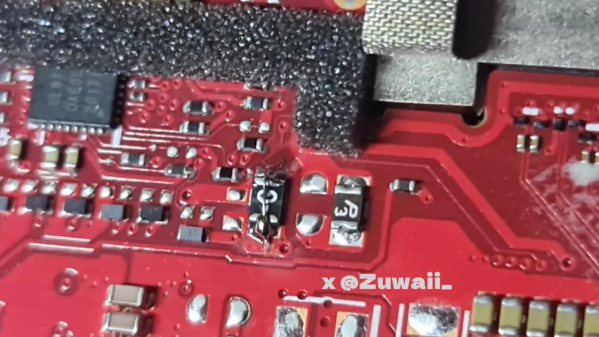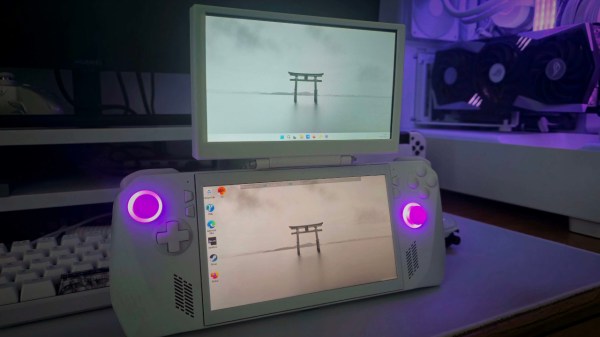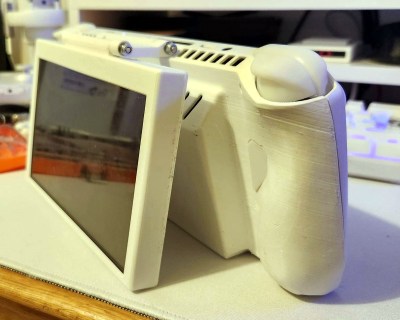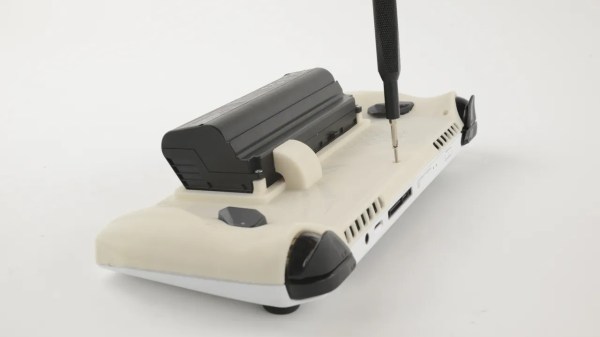As far as impressive hacks go, this one is more than enough for your daily quota. You might remember the ROG Ally, a Steam Deck-like x86 gaming console that’s graced our pages a couple of times. Now, this is a big one – from the ROG Ally community, we get a fully open-source eGPU adapter for the ROG Ally, built by reverse-engineering the proprietary and overpriced eGPU sold by Asus.
We’ve seen this journey unfold over a year’s time, and the result is glorious – two different PCBs, one of them an upgraded drop-in replacement board for the original eGPU, and another designed to fit a common eGPU form-factor adapter. The connector on the ROG Ally is semi-proprietary, but its cable could be obtained as a repair part. From there, it was a matter of scrupulous pinout reverse-engineering, logic analyzer protocol captures, ACPI and BIOS decompiling, multiple PCB revisions and months of work – what we got is a masterpiece of community effort.
Do you want to learn how the reverse-engineering process has unfolded? Check out the Diary.md – it’s certainly got something for you to learn, especially if you plan to walk a similar path; then, make sure to read up all the other resources on the GitHub, too! This achievement follows a trend from the ROG Ally community, with us having featured dual-screen mods and battery replacements before – if it continues the same way, who knows, maybe next time we will see a BGA replacement or laser fault injection.















